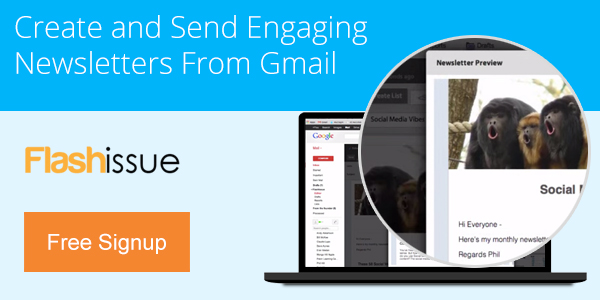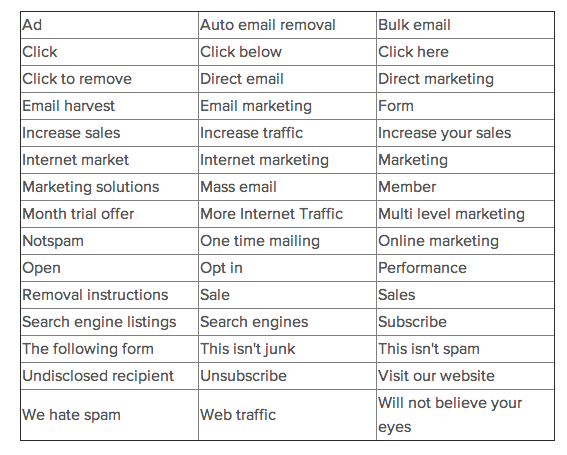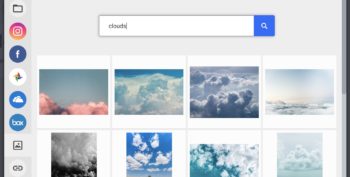Email Marketing
3 steps to reduce your spam rate in emails
Dec 2, 2014
How to reduce your spam rate in emails
Use a permission reminder
“You are receiving this message because you signed up to be a member of the beer of the month club at Downtown Brewery”.
This awesome little block of text provides your recipients with a gentle reminder that they did give you their address and it’s ok that you are sending them messages. The huge benefit of using permission reminders is the potential for increased deliverability because you’re able to reduce your spam rate in emails. Deliverability can go up because recipients are much less likely to flag your content as spam when they remember they signed up to receive your messages.
There are a few things to keep in mind as you craft your very own stellar permission reminder. First, make sure your reminders are specific as to where and what the customer signed up to receive. Avoid vague phrases such as “because you are a customer”, “because you expressed interest”, or “because of your relationship with X”.
These phrases will only make your recipient further question you as a sender. Instead, provide the specifics: “because you dined at our restaurant and signed up for our newsletter with a server”, “because you visited our website and signed up to receive daily deals”, or “because you support public radio and signed up on our website to receive notifications of volunteer opportunities in your area”.
It’s really your responsibility to reduce your spam rate in emails. The more information you provide your customer, the more they will trust you. Another really cool thing about permission reminders is that they can also include an unsubscribe link and a request to add your address to the recipient’s address book. Recipients that can easily locate your unsubscribe link are less likely to report your message as spam.
No one likes to scour pages and pages looking for a tiny unsubscribe link; the spam button in the recipient’s email client is much easier to find. Put the permission reminder and unsubscribe link at the top of your message.
It’s in your best interest to make unsubscribing as easy as possible. Bottom line: if you aren’t including a well written permission reminder in your messages, you are leaving increased deliverability on the table. Use a specific, detailed permission reminder to combat forgetfulness and spam complaints, while helping recipients remember your brand and stay engaged!
Pay attention to what you send
You may get a high spam rate due to the content you are sending it’s therefore necessary to pay attention to WHAT you are sending in order to reduce your spam rate in emails.
Some things to avoid are:
- Having the body content of your email be a single image
- Spammy subject lines – like “Free Money”, “Buy”, “Clearance” or “Shopper”
Some words to avoid in the subject line if you want to reduce your spam rate in emails:
Consider who you are sending your emails to
This post will help you reduce your spam rate in emails by helping you better consider who you are sending your emails to. Read More.
Related articles
Continue reading






